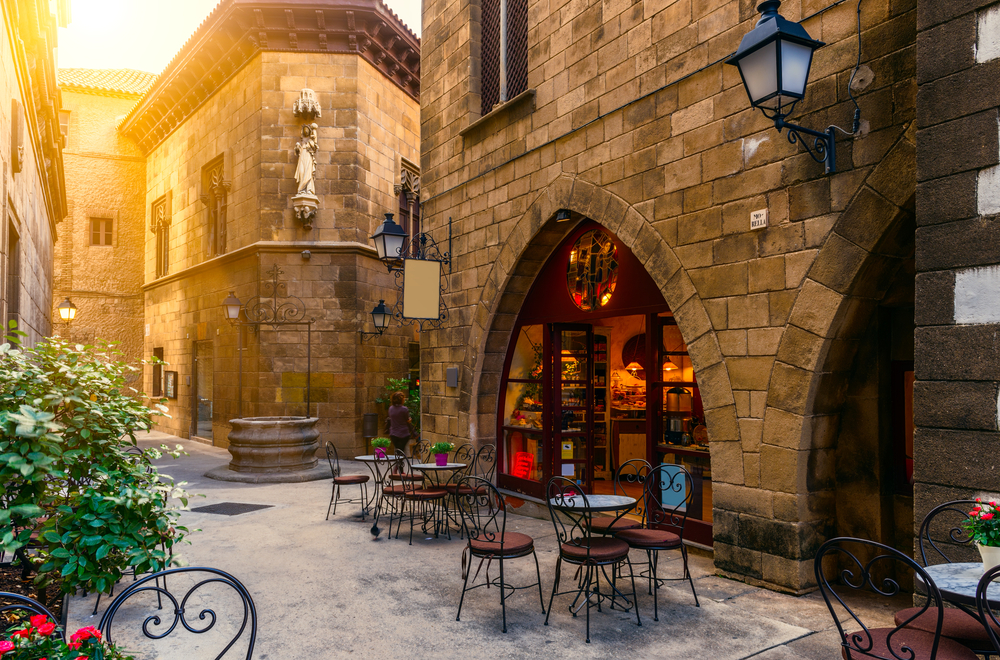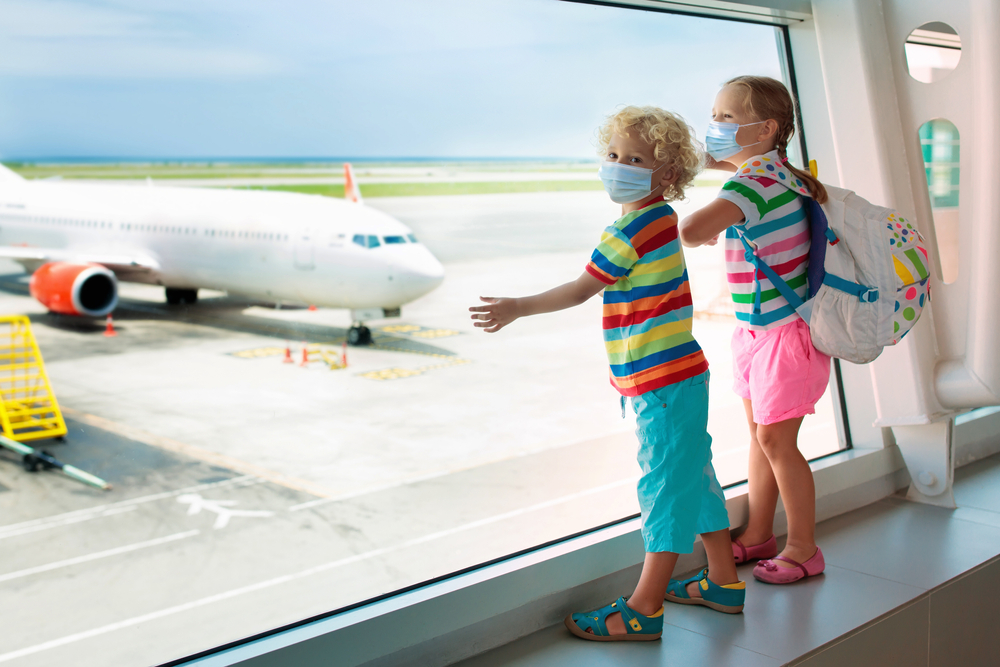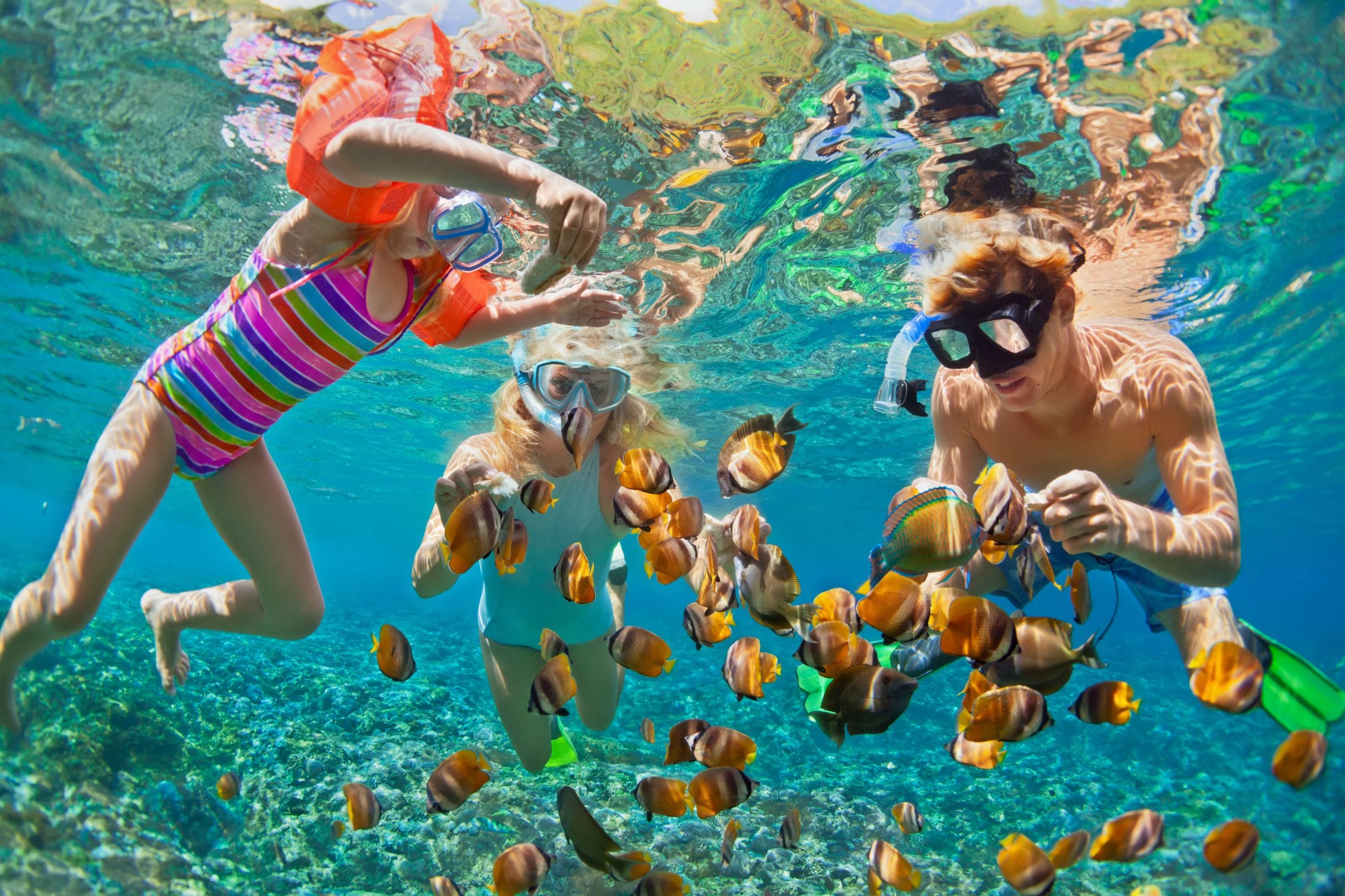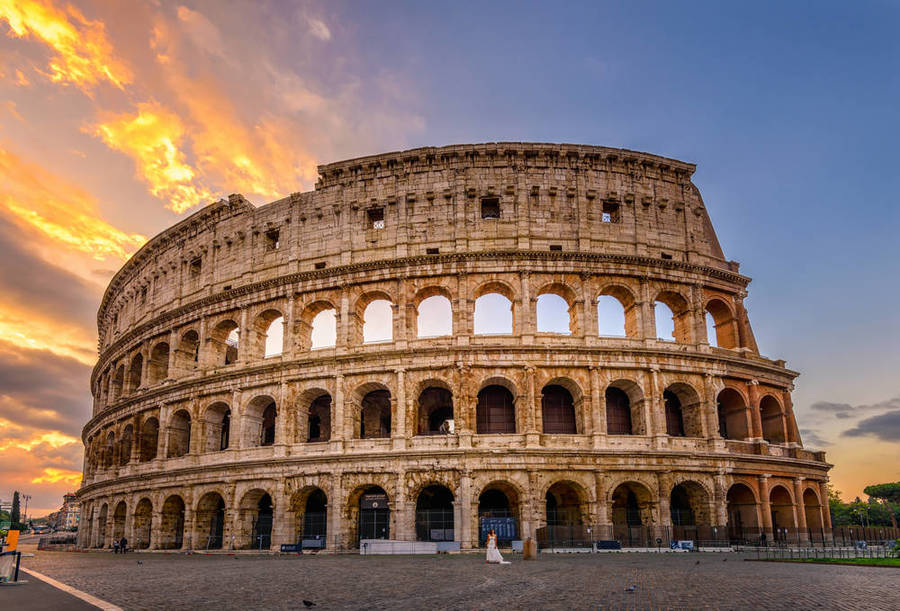Ultimate guide to things to do in Spain with kids
A family visit to Spain is a celebration of life and its delights: delicious food, flamenco dance moves and rhythms, colourful festivals, and some of the most beautiful beach and mountain locations in Europe.
Nearly every city, town and village in Spain is dripping with history that will excite young adventurers. There are intact Roman ruins like the Aqueduct of Segovia. There are castles like El Escorial and medieval Islamic palaces and gardens like the Alhambra of Granada or Alcázares of Seville (used in filming Game of Thrones). There are structures that combine all of the above, like the Mezquita of Cordoba. And, of course, there are even more modern architectural wonders like the whimsical and unexpected Gaudí masterpieces of Barcelona. Spain has enough to keep a family enraptured until the kids have their own kids and start the adventure all over again!
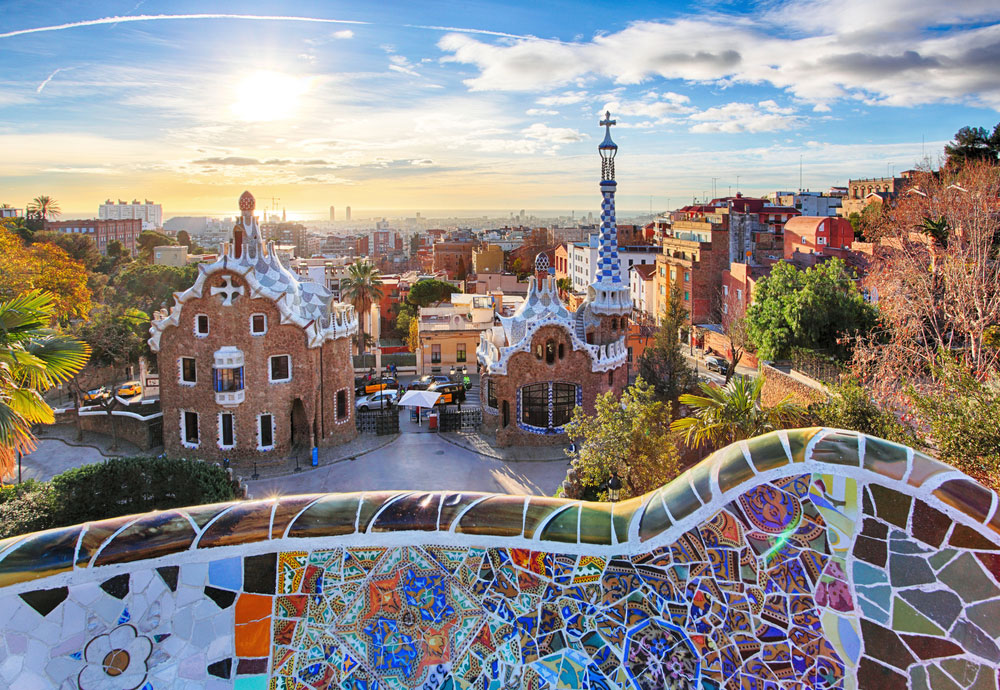
Even better, with top-notch transport and world-class accommodation, Spain could hardly be more welcoming to families. And while it is expensive on a world scale, it is still one of the most economical places for travellers in Europe.

Best time to visit Spain as a family
Weather in Spain varies greatly from region to region. For the most part, high season is the summertime (June through August), when European and North American travellers are on the move. However, this is not the best time to go, as crowds are thick on the beaches and at major tourist attractions, and temperatures can rise uncomfortably high.
A better plan is to visit in spring and autumn, and even winter, which still come with warm days. Plus, autumn is harvest time, spring a wonderful festival period and winter offers fine skiing.
If summer is the only option, it is important to book ahead, be prepared for tourist swarms and, especially in the south and centre of the country, follow local example and take midday siestas, when the heat is at its worst. For trips to the mountains, warm clothing never goes amiss.
Things to do in Spain with…
Spain’s long coasts and famous islands have sheltered beaches that seem made just for families with little ones. The sandy coves of Menorca are a bit more natural, while north-west Majorca’s Puerto Pollensa comes complete with shady beach-front promenades. Cadiz in Spain’s south or San Sebastian, the capital of its Basque Country in the north, are coastal cities with sands as well as sights, not to mention culture and cuisine.
Other bucket-list cities will entrance the whole family. Little ones love Barcelona’s magical Park Güell full of fanciful buildings, sculptures and tile work by famous architect Antoni Gaudí. Retiro Park in Madrid is another urban green ideal for strolling and complete with street theatre and puppet shows around the boating lake. In summer, Madrid’s Urban Beach, located in the Madrid Rio project, cools everyone down on a hot day.
A live flamenco performance sets the heart racing and foot tapping, although some of it may be loud for gentle-eared children. There are daily shows in many major cities, though many of them focus only on the music, singing and palmas or hand clapping, not dancing.
For kids who love tales of knights and dragons, Madrid has numerous old and majestic buildings, from the Royal Palace in Madrid to the fierce-looking New Castle of Manzanares. The Palacio Real is perhaps the most impressive and extravagant, which is no surprise since it is the largest palace in Europe. Not to be missed is the collection of the Royal Armoury, which will have kids’ heads full of King Arthur’s tales.
Madrid’s Casa de Campo, the largest park in the city, is a kid paradise with a zoo and amusement park. It can even be reached by a teleférico (cable car). To its east is the Santiago Bernabéu Stadium, home of the Real Madrid Football Club. Sports fans can join a guided tour that includes the player’s tunnel, dressing room and trophy room.
For art and architecture lovers, Bilbao’s stunning Guggenheim Museum has a permanent art collection full of delights, like a giant spider and 12m-high floral puppy sculpture. The museum hosts workshops for children and an art corner where they can do their own imaginative work.
Back in Barcelona, Gaudí’s masterpieces – the Sagrada Familia basilica and Casa Batlló – show a creative mind at work. The fantastical and inventive designs are truly unique and tell the story of an individual daring to be different.
Teens who have “seen it all” will still be impressed by Spain’s off-beat museums and architectural wonders. Top of the list are the astounding landmark buildings from Spain’s Islamic medieval past, such as the Alhambra of Granada, Alcázares of Seville and Mezquita of Cordoba.
More modern and completely wacky is the Teatre-Museu Dalí (Dali Theatre Museum) in Figueres, the birth and death place of Salvador Dalí, master of surrealism. Full of illusions and surprises – suits of armour with baguettes balanced on their heads, giant eggs on the roof – it is guaranteed to raise an eyebrow.
Fit young explorers might be up for hiking or biking part of the pilgrim route of the Way of St. James in northern Spain. Or, in winter, taking to the Sierra Nevada, Formigal, or Baqueira Beret ski slopes.
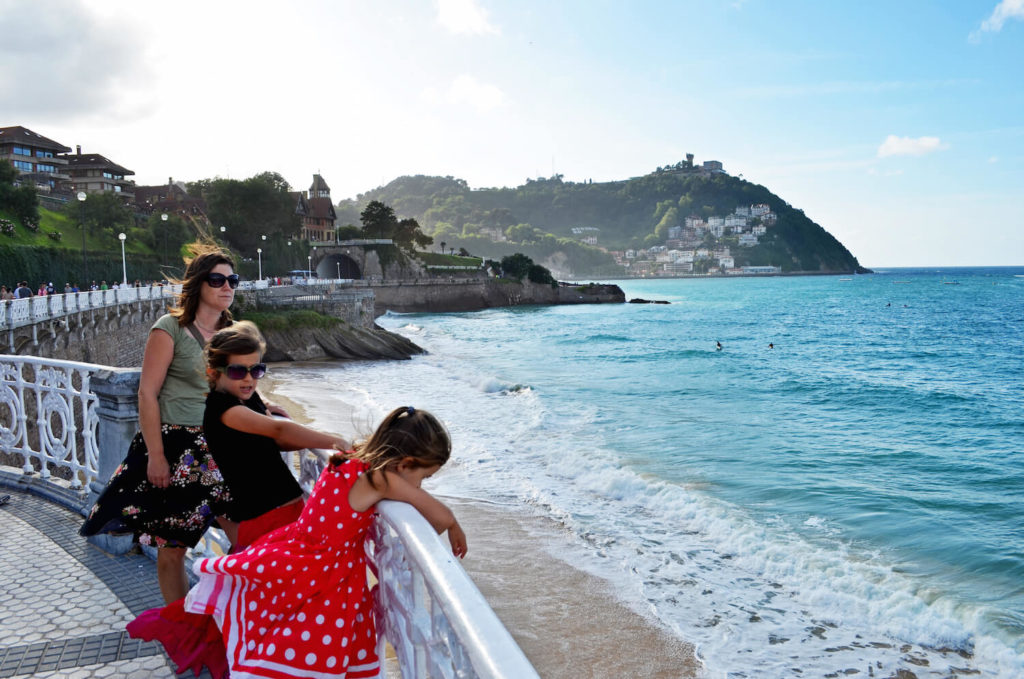
Getting around Spain
Intercity public transport – by bus and train – is fairly fast and affordable, usually with special fares for youngsters and sometimes families. High-speed trains are also fun for kids. For holiday journeys stopping at multiple destinations, a family rail pass is a smart investment.
Car hire can get expensive and impractical, in particular during high seasons of heavy traffic and scarce parking. A vehicle can nevertheless be extremely useful for travel to further-flung locations.
In Madrid, Barcelona, Bilbao and Valencia, the metro systems save both time and money. All other Spanish cities and towns have good bus systems and, of course, taxis.

Health
No special vaccinations are needed to visit Spain, and the tap water is safe to drink unless labelled “agua no potable.” The same everyday precautions used at home are sufficient to stay healthy, including added care when ordering food like tapas to ensure that it is fresh.
Pharmacies, or farmacias, have well-trained staff, some English-speaking. Many can provide details about English-speaking clinics or doctors, if needed. Travel insurance is critical, since hospital care can be very expensive for citizens outside the European Union or countries without special reciprocal arrangements.
Public toilets can be hard to find. Cafes and restaurants often allow desperate children to use the facilities, but it’s polite to order a drink while they do. In most cities, department stores like El Corte Inglés are other possibilities.
Souvenirs
Lots of colourful items might appeal to kids – bullfighter snow globes, for instance – but they won’t seem as great once back at home. The following items might retain their local charm a little longer:
- Jerseys from Spain’s world-famous soccer teams
- Flamenco accessories, such as castanets, mantillas (silk fans), shawls or even shoes and clothes, and music
- Leather bags or shoes (Camper is a famous and unique Barcelona brand)
- Gaudí magnets, small sculptures or other memorabilia of Barcelona’s most famous architect
- A paella pan (round and flat-bottomed with handles on two sides) so kids can help replicate the tastes of the trip
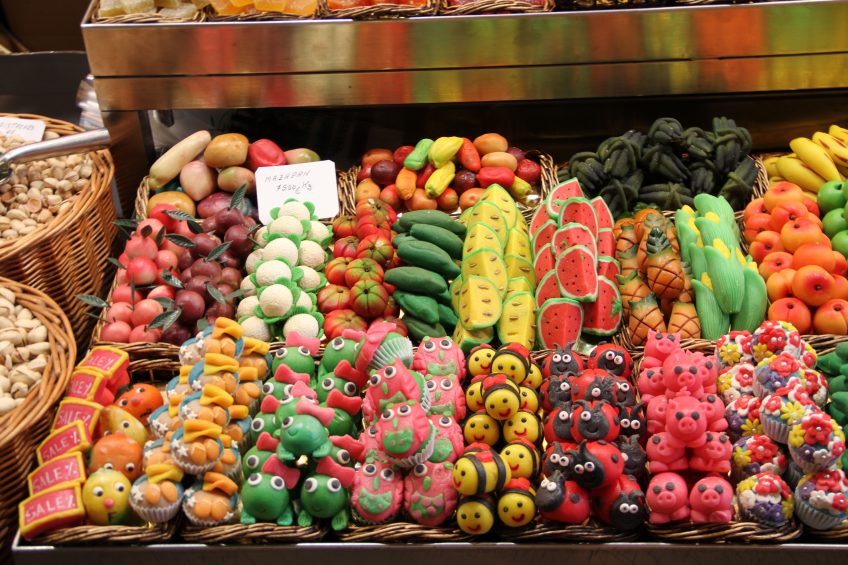
Food
The Spanish classic is paella, a saucy rice dish with mixed seafood or meat. There are vegetarian varieties too.
Tapas – small plates of finger foods – are always lots of fun. For every taste that challenges kids’ palates, there’s another that will comfort them. Some popular picks for children contain potatoes (patatas bravas, tortillas de patatas), simple meats (pinchos, albóndigas) or look familiar (tostadas, croquetas).
Although many restaurants don’t have kids menus, there is usually a breaded or grilled chicken with chips (fries) or a simple pasta to please picky eaters. Arroz blanco (white rice) is a safe choice for troubled tummies.
On the sweet side, there are churros to dip in chocolate, arroz con leche (rice pudding), Catalan cream and, of course, helado (ice cream).
Bakeries stock amazing snacks: fresh empanadas, pastries and other sweet and savoury treats. Fresh fruit is always available in markets. Chorizo, jamón ibérico (ham) and local cheeses are solid sandwich ingredients, but strong or spicy flavours should be avoided if children are choosey.
Local Customs
Night owls are going to love Spain, especially in the summer, when it says light until after 9 PM. Kids will almost assuredly be up late because dinner – in homes, restaurants or taken as tapas – is not served until 9 or 10 PM too and kids don’t eat any earlier. That said, lunch (from 2pm) is really the main meal of the day and typically consists of three courses. In order to adjust to Spanish culture and times, flexibility is required – liking taking a midday siesta – so kids have the strength not to miss out on some of the late fun.
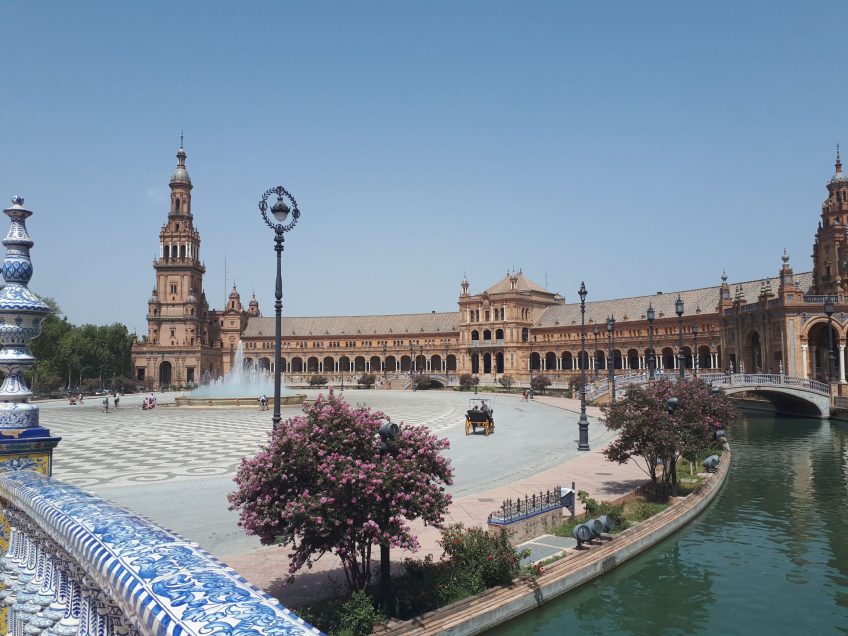
Costs
Accommodation costs fluctuate and can skyrocket during high season and special celebrations, for which it is best to book well in advance. To economize in hotels, parents open to sharing beds with children may save euros. Vacation rentals are another option, although Spain’s major cities and tourist resorts, led by Barcelona, are cracking down on unlicensed lodgings.
Meals run the budget gamut as well. Self-catering for some light meals keeps costs down, as does choosing the menu del dia (daily menu) at lunch.
Many museums have free entry on select days or particular hours, so visits can be planned around them, though the museums will be extra crowded. Discounts to museums, attractions and some forms of transport are usual for kids, but also for the whole family through special city passes. Under 4s and sometimes under 7s may be free. Having an internationally recognised student ID for teens/older children will also help.
Related Stories
-

Things to do in Spain with kids
Ultimate guide to things to do in Spain with kids A family visit to Spain is a celebration of life and its delights: delicious food, flamenco dance moves and rhythms, colourful festivals, and some of the most beautiful beach and mountain locations in Europe. Nearly every city, town and village in Spain is dripping with …
-

How my travelling life has changed since becoming a dad
Award winning travel writer Ben Groundwater shares how his travelling life has changed since becoming a dad.
-

Travelling with kids in Europe during the COVID-19 era
In the hilltop chora (village) on Folagandros, a rustic, volcanic rock of an island in the Greek Cyclades, children dart between dinner tables as twilight makes the walls turn to pale lavender morphing to deeper mauve. A bottle of sanitiser sits on the table. Servers in clear plastic face protectors take orders as elegant diners …
-

10 New Year’s celebrations from around the world
How does your family celebrate a new year? Check out these 10 New Years customs and celebrations from around the world.
Janeece Keller is the founder and editor of Family Travel. She mostly travels with her husband and two young kids. She has a large blended family that lives in Australia and Europe. She has visited 52 countries and lived on 3 continents. From camping to luxury resorts Janeece tries to make sure her family has diverse holiday experiences each year. She is an avid hiker and ocean swimmer who loves good food, margaritas and heading off the beaten path.

